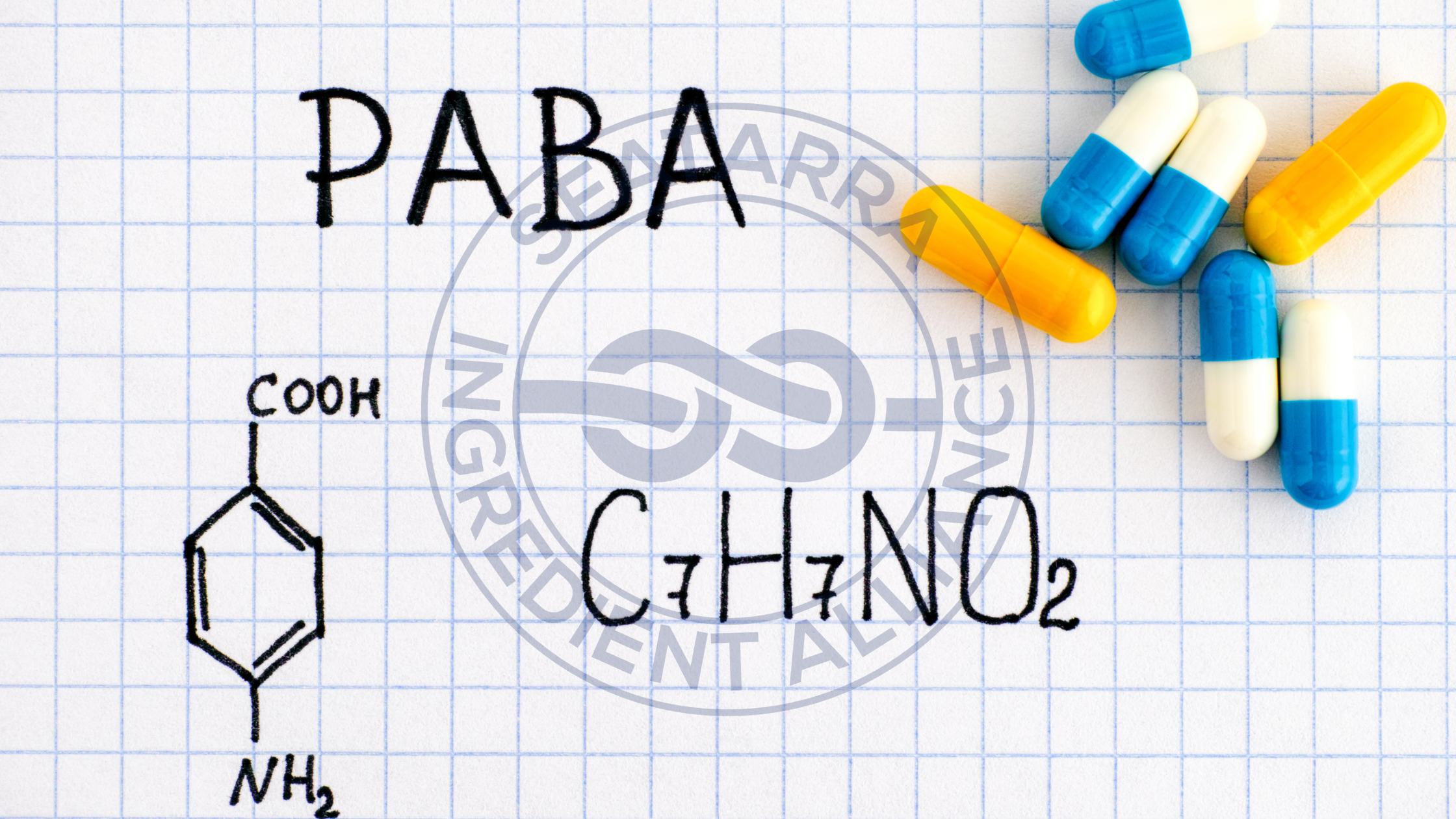
PABA: The Sunscreen Vitamin You’re Not Using
Introduction
Sun protection is an essential part of skincare, and most of us have probably reached for a bottle of sunscreen before heading out on a sunny day. However, there’s an unsung hero in the realm of sun protection—Para-aminobenzoic Acid (PABA)—often referred to as the ‘sunscreen vitamin’. Despite its potential benefits, it is not widely recognized or utilized. In this article, we’ll delve deeper into the world of PABA and discover how it could be an asset to your skincare regimen and overall health.
Understanding PABA: The Basics
Para-aminobenzoic acid, or PABA, is a non-protein amino acid that isn’t usually classified as a vitamin but does belong to the B-complex family. It’s found in certain foods and is also synthesized by the bacteria in our gut. PABA acts as a coenzyme in the formation of red blood cells and aids in protein metabolism. Furthermore, it has been recognized for its role in skin and hair health.
The UV Protective Role of PABA
Perhaps the most intriguing quality of PABA is its ability to protect the skin from the damaging effects of ultraviolet (UV) radiation. PABA can absorb UV light, reducing its penetration into the skin. This protective action helps to minimize sun-induced skin damage, thereby reducing the risk of sunburn, premature skin aging, and, over time, potentially skin cancer.
PABA in Sunscreen Formulations
During the early evolution of commercial sunscreens, PABA was a widely used ingredient, thanks to its UV-absorbing properties. However, as time passed, it was discovered that synthetic versions of PABA could cause skin irritations and allergic reactions in some people. This led to a significant decline in its usage, and the label “PABA-free” became a common sight on sunscreen products. It’s important to note that most of these adverse reactions were associated with the synthetic versions of PABA, not the naturally occurring compound.
Beyond UV Protection: The Versatile Benefits of PABA
While PABA’s sun protection properties garner much attention, it’s just one aspect of this compound’s benefits. PABA is integral to the synthesis of folic acid, a vitamin vital for DNA repair, red blood cell production, and overall healthy growth and development. Some studies also suggest that PABA might contribute to improved skin protein structure and delay the graying of hair, although these areas warrant further research.
Incorporating PABA into Your Health Regimen
For those considering incorporating PABA into their skincare routine or diet, it’s crucial to strive for balance. While moderate amounts of PABA can be beneficial, excessive intake can lead to side effects like nausea, vomiting, and skin rashes. Natural dietary sources of PABA include mushrooms, spinach, and whole grains. For skincare, opt for products that contain PABA in a balanced formulation alongside other skin-protective ingredients.
The Bigger Picture: PABA and Holistic Health
In the bigger picture of holistic health, PABA serves as a reminder of the intricate ways in which our diet, gut health, and skincare practices can interconnect. By learning about compounds like PABA and understanding their potential benefits, we empower ourselves to make informed decisions for our wellbeing.
Conclusion
PABA is a compelling example of how nature offers us tools for health and wellbeing. As a potential ally in sun protection, it can serve as an additional layer of defense against UV-induced skin damage. However, as with any supplement or skincare ingredient, it’s vital to use PABA responsibly and in moderation. Always seek professional advice if you have any concerns or questions about incorporating new elements into your health or skincare regimen.



